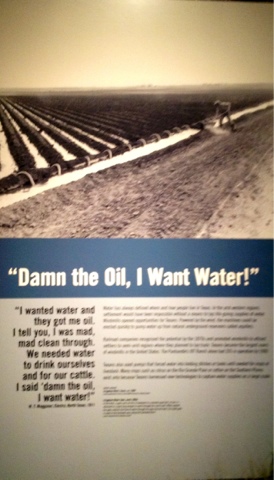Gosh, do the H and I love being retired. Besides the usual ADL (activities of daily living, in the vernacular of my past working life), we get to do so many fun things. One of which is knitting. Are you surprised?
Since I learned how to do a bit of colorwork with Fair Isle knitting, I am adapting the
Wolf in Sheep's Clothing pattern for the younger dog, who is a bit smaller. To
dimutize dogmatize the pattern for the smaller animal, I took out one row of sheep knitting and one row of rams in the pattern. It is almost completed, so that one crafty project for a Work in Progress on Wednesday.
Check in with Tami for others' blog postings and pictures.
Now you know about my obsession with knitting. And granted, this new project may be taking it to the extreme, but first, let me explain.
See this wonderful
Fair Isle pattern tam created by Sheila Joynes (remember, only two colors per row, and changing colors every second or third row, perhaps)....
Very pretty colors of wool, but they are not in my stash.

What I do have in my craft room are the Jamieson & Smith Ronaldsay wools, dyed by Pam Murray on Orkney, Scotland. They were previously earburned
here. (And again, you can find Pam
here on Folksy, but she seems to currently be out of stock.)
The Ronaldsay wool yarns in colors I'll be using to make that tam:
To begin, I had to create a chart on a spreadsheet that took me for...eee ...vvvver. The learning curve was an hour, seriously. But it is done now and if I want to chart the colors again for this tam, the spreadsheet is saved to a working document.
That show off yellow ball of wool at the bottom right of the picture was one that I dyed using marigolds from our yard ... and it took several tries to make those yellows that I complained about
here.
So now I can get to work with my colored pencils, matching the wools to the colors of the pencils, to see what effect each of those colors brings to the table by coloring in the squares. I plan on coloring in two or five spreadsheets to see how the colors work together.
If my math is correct, there could be 7x6x5x4x3x2x1 = 5040 combinations of colors knitted up in that tam pattern, and using just those seven colors shown above. But then again, each row could be changed up in various other ways. My math skills are not up to figuring out how many more variations that would mount up to!
And how is your Wednesday going?
































